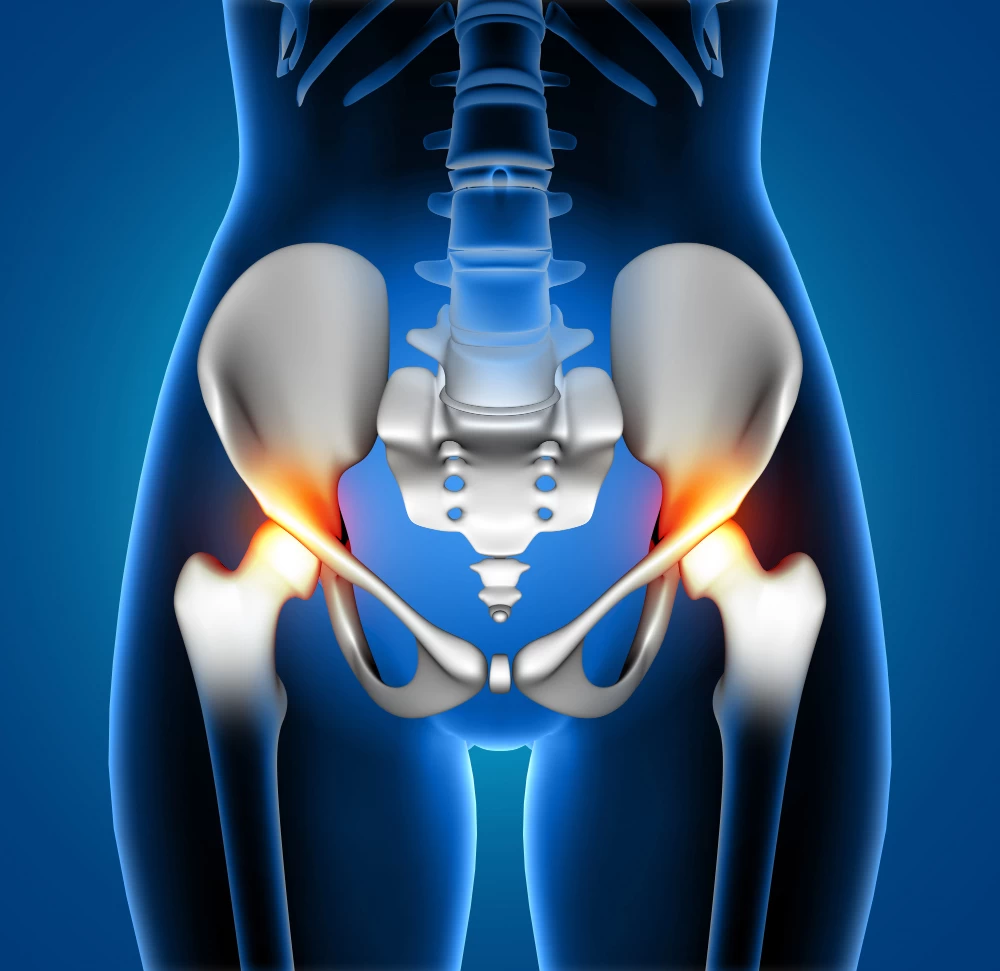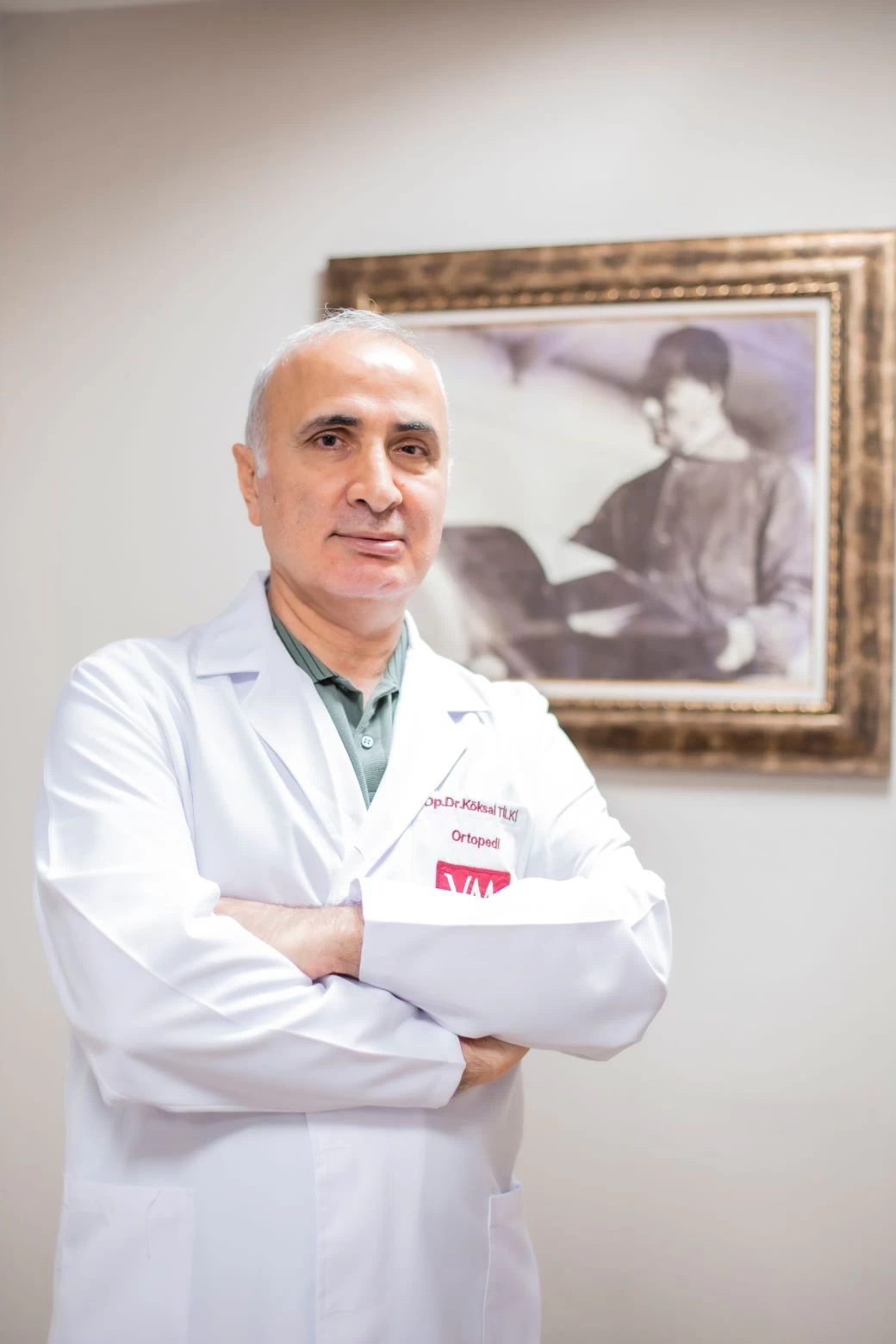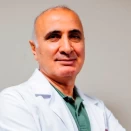
Stem Cell Applications in the Treatment of Avascular Necrosis of the Hip
- Stem Cell Applications in the Treatment of Avascular Necrosis of the Hip
- Stem Cells and Their Potential
- The Role of Stem Cells in Treating Avascular Necrosis
- Application Techniques
- Clinical Outcomes and Future Perspectives
- In Conclusion…
Avascular necrosis (AVN) of the hip is a condition characterized by the death of bone tissue in the femoral head due to disrupted blood supply. If left untreated, this condition can lead to the collapse of the femoral head, degenerative changes in the hip joint, and ultimately, significant functional impairment. Early diagnosis and intervention are crucial in preserving the patient's quality of life and preventing progressive damage. In this context, stem cell therapies, which have garnered increasing attention in recent years, have emerged as a promising option in the management of AVN.
Stem Cells and Their Potential
Stem cells are known for their ability to self-renew and differentiate into various cell types. These cells, which can be obtained from bone marrow, adipose tissue, or other sources, play a role in the repair of damaged tissues. Particularly mesenchymal stem cells (MSCs), which have the capacity to differentiate into bone, cartilage, and other connective tissue cells, have found wide application in orthopedic practices.
The Role of Stem Cells in Treating Avascular Necrosis
The primary goal of using stem cells in the treatment of hip AVN is to restore blood circulation to the femoral head, regenerate necrotic areas, and halt the progression of the disease. To achieve these objectives, stem cells can be directly injected into the necrotic region or combined with bone grafts. The application of stem cells in the treatment of AVN, particularly in the early stages of the disease, can be performed alongside non-surgical treatment options or during surgical interventions. There is strong evidence suggesting that stem cells can support cellular regeneration in the necrotic area, prevent bone loss, and even avert the collapse of the femoral head.

Application Techniques
The use of stem cell therapy in AVN generally involves the following steps:
- Harvesting the Stem Cells: We typically obtain stem cells from the patient's own bone marrow or adipose tissue. This procedure is usually performed using minimally invasive techniques, which are well-tolerated by patients.
- Preparation of Stem Cells: The harvested stem cells are isolated and expanded in a laboratory setting. This process is crucial to increase the number of cells and maximize their therapeutic effects.
- Injection of Stem Cells: The prepared stem cells are then directly injected into the necrotic area, usually under the guidance of fluoroscopy or other imaging techniques. This ensures precise targeting of the affected region.
- Rehabilitation and Follow-up: After the injection, careful monitoring of the patient and inclusion in appropriate rehabilitation programs are necessary. This is critical to enhance the effectiveness of the treatment and minimize potential complications.
Clinical Outcomes and Future Perspectives
Studies on the efficacy of stem cell applications in the treatment of AVN have generally yielded positive results. Particularly in early-stage AVN cases, stem cell therapy has been shown to support bone regeneration, reduce pain, and prevent severe outcomes in the femoral head. However, further research is needed to assess the long-term efficacy and safety of stem cell therapy. Looking forward, it seems possible to make stem cell therapies more effective and reliable by combining them with bioengineering approaches. Innovative strategies such as the genetic modification of stem cells, enrichment with growth factors, and the use of biomaterials may open new horizons in AVN treatment.
In Conclusion…
Stem cell applications in the treatment of avascular necrosis of the hip offer a promising option to halt the progression of the disease and support bone regeneration. However, optimal outcomes with this treatment approach require proper patient selection, the use of appropriate techniques, and careful follow-up. As research into stem cell applications in orthopedics and traumatology continues to grow, the integration of this treatment method into clinical practice will become more widespread.
Stay healthy…

Assoc. Prof. Dr. Köksal Tilki
Orthopedics and Traumatology Specialist




